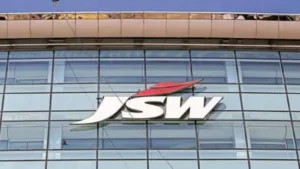Manufacturing activity in Asia’s major exporting powers continued to decline in August as weak demand persisted in the region’s key trading markets, particularly China.
North Asian factories saw declines in new orders, manufacturing sales and exports, according to a survey of manufacturing purchasing managers published by S&P Global and Jibun Bank. on Friday.
Trade PMI in Taiwan was little changed at 44.3 last month from 44.1 in July, while South Korea’s index fell to 48.9 from 49.4 in the same period. Seoul reported similarly dismal industrial production figures on Thursday, showing a larger-than-expected decline in July, marking the longest period of output decline ever.
Japan’s PMI was unchanged at 49.6, below the 50 mark that differentiates between expansion and contraction. Southeast Asia, which until recently has been a bright spot, shows weak confidence affecting factories in the region. The Philippines and Thailand saw their indexes slide into the red for the first time since 2021, sending new orders down amid disappointing demand. Malaysia’s number was unchanged at 47.8, while Indonesia was the exception with the region’s best 53.9.
The latest data dashed hopes of an easy recovery for the region, although there are growing signs that the US will land lightly. The continued weakness in goods trade was eased by the prospect of high borrowing costs in the United States and Europe.
More recently, China’s economic slowdown is reducing export demand in the region. Many Asian economies consider China their largest trading partner.
China’s manufacturing activity fell for a fifth straight month in August, data showed on Thursday. However, the resumption of new orders and production raised hopes that the worst factory crisis that weighed on the national economy could be over.
Headwinds are increasing in the area. S&P Global said Japan is struggling with rising raw material prices and labor costs, while South Korea has seen delivery delays and a return to semiconductor shortages. In Taiwan, businesses turned pessimistic about the next 12 months, cutting inventories and staffing in anticipation of a weaker market ahead.
“Until we see an improvement in global economic conditions, which are already under pressure from persistent inflation and higher interest rates, it’s unlikely to take on the market,” said economist Annabel Fiddes. Taiwan’s manufacturing sector will soon return to growth territory.” Vice President at S&P Global Market Intelligence.





